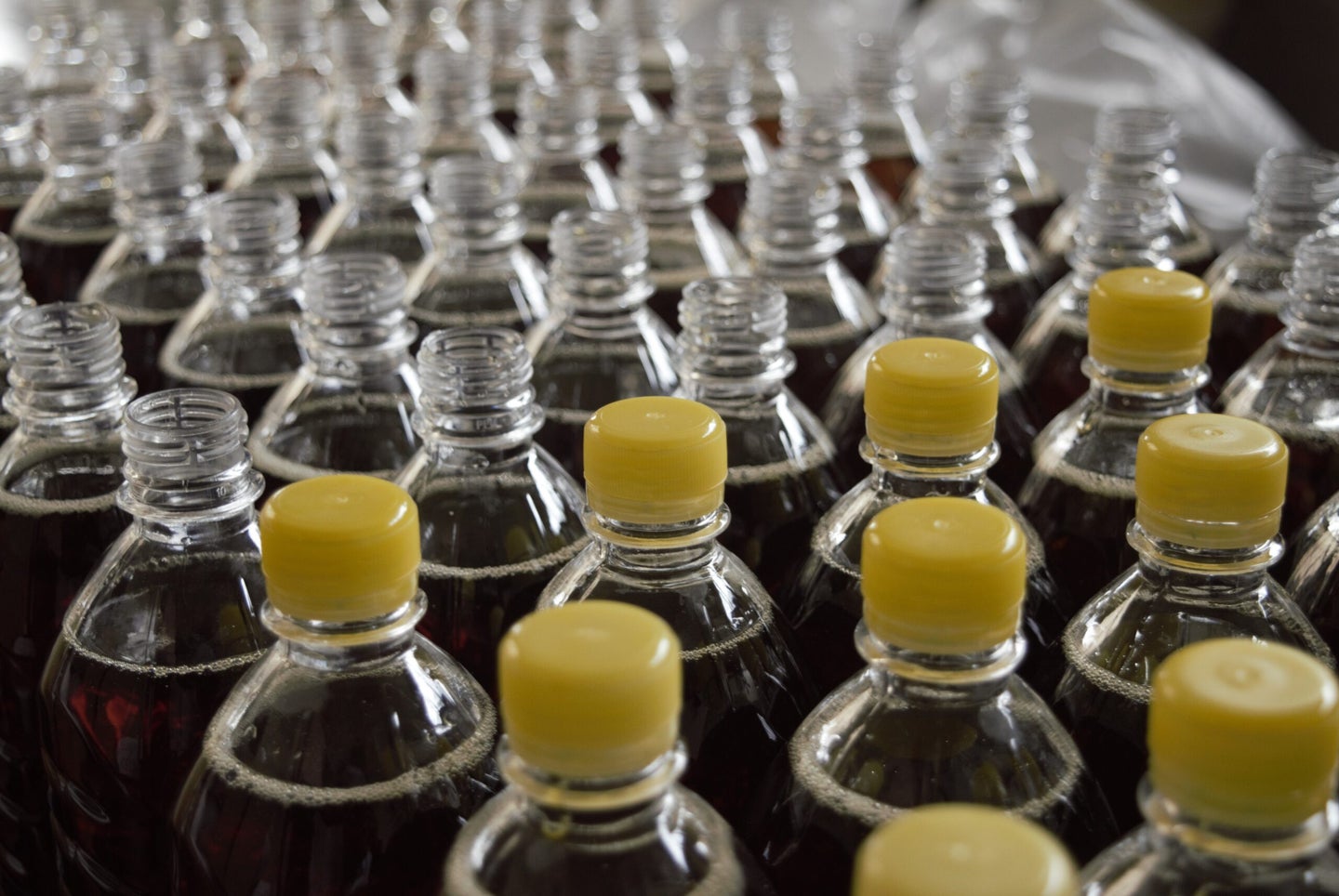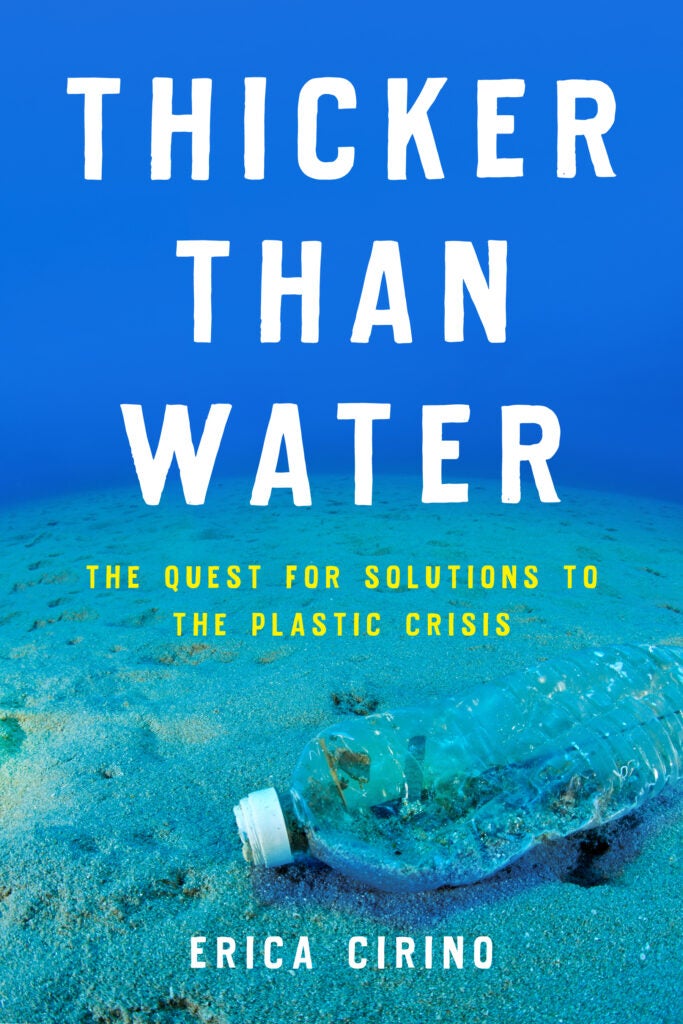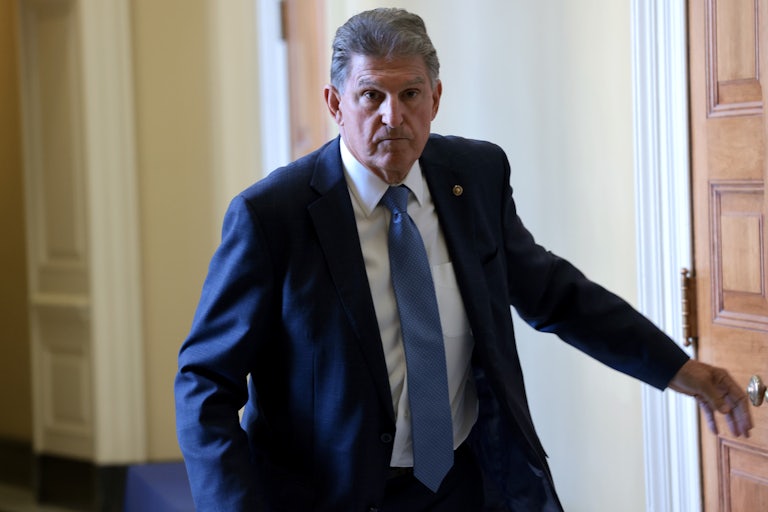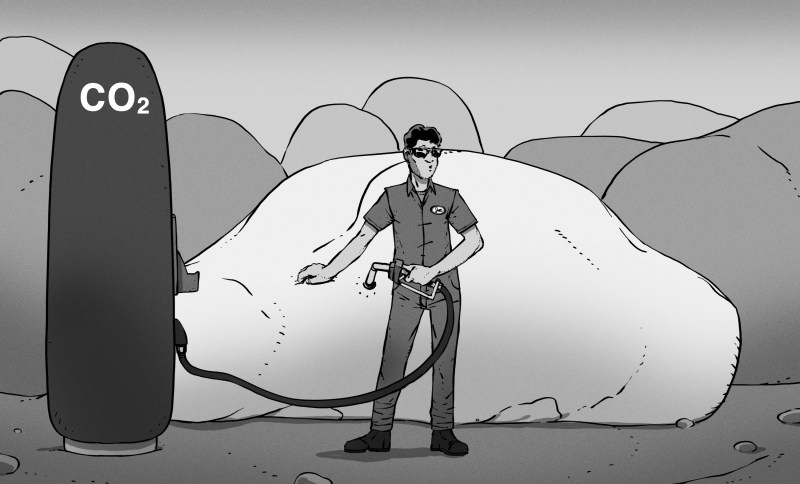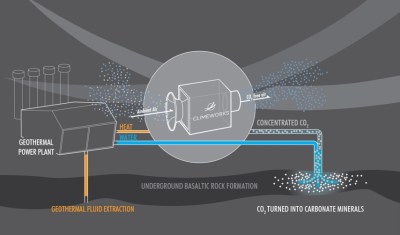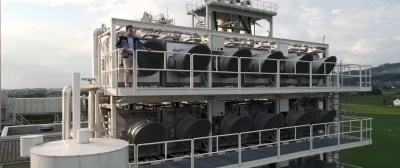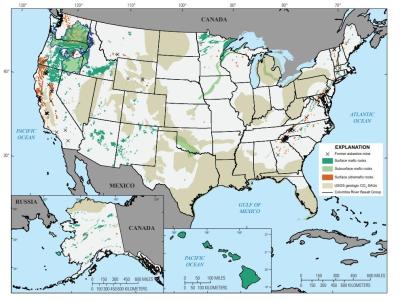Opinion: Province is working on protections for ancient trees, but needs about $500 million to supply options for forest-dependent communities, premier says
Author of the article: Vaughn Palmer
Publishing date: Oct 14, 2021 •

Article content
VICTORIA — John Horgan pushed back this week against a celebrity-led call for him to curb old-growth logging, never mind that one of the leaders was a legend for Star Trek fans like the premier.
Actor William Shatner, Captain Kirk to fans of the TV series, was one of 200 celebrities, scientists, politicians and Indigenous leaders who recently signed an open letter against further logging of old growth in B.C.
“Premier Horgan, these forests should live long and prosper,” declared Shatner, invoking one of the catchphrases of the venerable TV series, albeit one associated with his co-star Leonard Nimoy in the role of science officer Mr. Spock.
Piling on were environmentalists unable to resist tweaking a premier whose Trekkie proclivities include a pair of Mr. Spock socks and a failed tryout for a part as an extra in a Vancouver-based Star Trek production.
“Horgan should listen to one of his apparent heroes and go where no premier has gone before,” said Torrance Coste, a campaigner for the Wilderness Committee, riffing on another Star Trek catchphrase with reporter Rochelle Baker of the National Observer.
Actually, Horgan’s favourite Star Trek captain is Kathryn Janeway of the USS Voyager, not James T. Kirk of the USS Enterprise. He is also on the record as a big fan of George Takei, Mr. Sulu in the original series, who has been engaged in a decades-long feud with Shatner.
Still, the premier began with a grace note Wednesday, when asked about Shatner’s old-growth crusade on the day that the 90-year old actor blasted briefly into space on the Blue Origin rocket.
“First I want to just commend William Shatner to have gone where no 90-year-old has gone before,” Horgan told broadcaster Al Ferraby on CFAX radio in Victoria. “Regardless of your politics or your passions about the issues of the day, everybody’s got to be excited about a good Canadian kid going up to space, albeit just for a few minutes.”

Turning to old growth, Horgan proceeded to set the record straight, as he sees it, regarding last year’s strategic review.
“We put in place a committee to review this, two prominent foresters, independent, they gave us recommendations. We accepted the recommendations and for the past year we’ve been working on that,” he continued.
“The particular watershed that seems to capture attention here in the South Island — Fairy Creek in Pacheedaht territory — has been deferred from logging at the request of the First Nation, which was part of the recommendations we received.
“So I believe we’re doing everything we can to implement the spirit and intent of the recommendations in a way that’s fair to those who have rights — not rights that I granted them or you granted them, Al — but that were granted decades ago by previous governments.”
Then came the shot at Shatner and the other signatories.
“It’s all well and good for 200 celebrities to put an ad in the Globe and Mail,” said Horgan, referring to this week’s publication of the letter. “But I would prefer they put down a couple million bucks each so that we can defer that logging without disrupting people’s lives, giving the Indigenous communities, whose lands these forests are on, other opportunities.
“It’s pretty easy to say yeah, put my name in the paper. It’s a little bit harder to write a cheque.
“So I’m hopeful that some of the more well-financed people who believe that an ad in the paper is the way to affect policy change will put some money on the table and help the people that will be affected by the decisions we’re going to be making in the next couple of weeks.”

The comment expands on something else the premier said recently when asked about the $50-million Old Growth Nature Fund, touted by the federal Liberals in their bid for re-election.
“That would be a very small amount of money relative to the consequences to the forest industry, to communities and to workers,” explained Horgan.
“I’m hopeful that the federal government will up their game a little bit so that we can have a real, meaningful discussion and get the conclusions that I know all British Columbians want to see — protection of our special places, continuing to have a foundational industry, not just now, but well into the future.”
What would it take in terms of a dollar commitment?
“Add a zero to that” — the $50 million — “and we’re in the ballpark,” said the premier, suggesting the federal government needed to put up $500 million as its share of a comprehensive drive to phase out old-growth logging.
Nor would that likely be the end of it.
One of the authors of the strategic review of old growth, professional forester Garry Merkel, has warned about the high costs associated with an immediate and total ban on old growth logging in B.C.
“You’d be talking about quite a few billion dollars because some of the industry is still dependent on some old growth (and) some is very dependent,” he told CBC host Gregor Craigie earlier this year.
Hence Horgan’s “where’s the money?” pushback on Shatner and his fellow signatories.
He’s likely thinking of what his own briefing notes must be telling him about the cost of buying timber cutting rights, compensating First Nations, and absorbing a major hit to jobs and the forest economy.
vpalmer@postmedia.com
